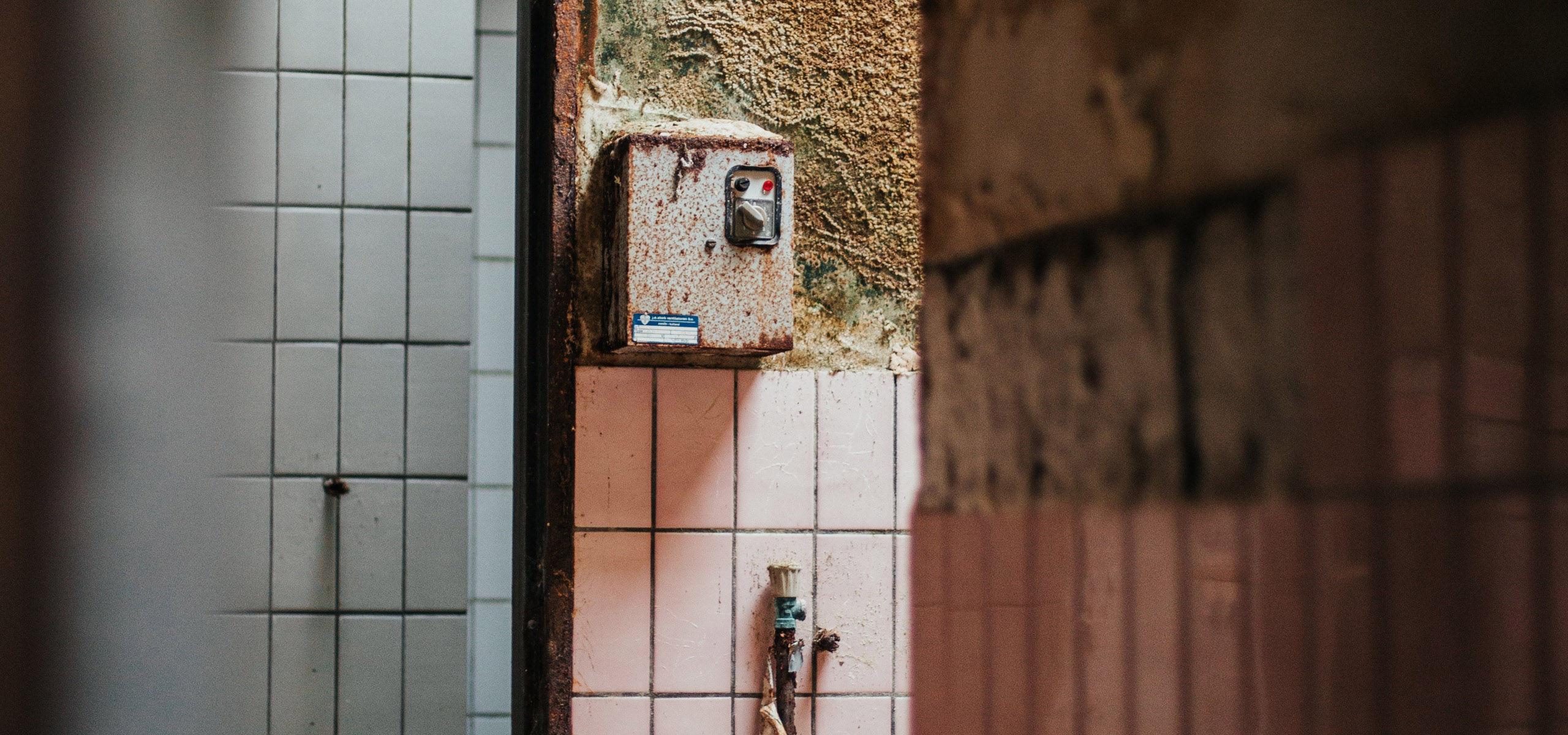Unfortunately, mold can be found almost anywhere. However, when mold is present in the indoor environment there is usually moisture present. Mold especially likes to grow where temperatures are 68°F, dim lighting, and very little air circulation. Mold spores are known to travel throughout the air, attach themselves to any damp surface, and then begin breaking down the material as it grows. Therefore, it is vitally important for homeowners to contact a mold remediation company when they have experienced a flood or fire in their home.
How Fast Can Mold Grow?
Surprisingly, mold will start growing immediately after spores are attached to an item. Mold can easily grow within 24 to 48 hours and will begin to colonize in 1 to 12 days. Most times, mold is already a problem before it is discovered. Due to the fact that the spores are hard to destroy, mold will sometimes return even after the mold source is gone. That’s why it is vitally important to contact a mold restoration company for appropriate and permanent remediation.
When Can I Know That Mold May Be Present In My Home?
Homeowners who have experienced certain problems that are known to be favorable to mold will usually have mold present. Mold causing problems include:
- Fire
- Flood
- Plumbing leaks
- Leaky Roof
- Swollen floorboards/walls
- Water stained ceilings
Where Does Indoor Mold Like To Grow?
Indoor mold likes to grow on wet cellulose materials. However, homeowners should keep in mind that mold can still grow even when the moisture problem has been fixed. At this time the mold will go dormant and continue surviving without moisture. Most likely, mold will just continue to feed on materials such as sheetrock, ceiling tiles, wallpaper, carpet, wood, adhesives, paints, upholstery, and fabric.
What Are The Health Effects Due To Mold Exposure?
Mold can be extremely harmful to people. Many of the symptoms related to mold resemble that of a common cold or allergy condition. Therefore, oftentimes the appropriate diagnosis goes undetected. However, most common symptoms that are associated with mold exposure are:
- Wheezy/coughing
- Watery/Red Eyes
- Nasal and sinus congestion
- Throat irritation
- Skin irritation
- Nosebleeds
- Headaches
- Extreme fatigue
- Memory loss
- Dizziness
- Fevers
In addition, mold can also cause very serious conditions and can be fatal to infants, seniors, and adults with previously compromised immune systems.
